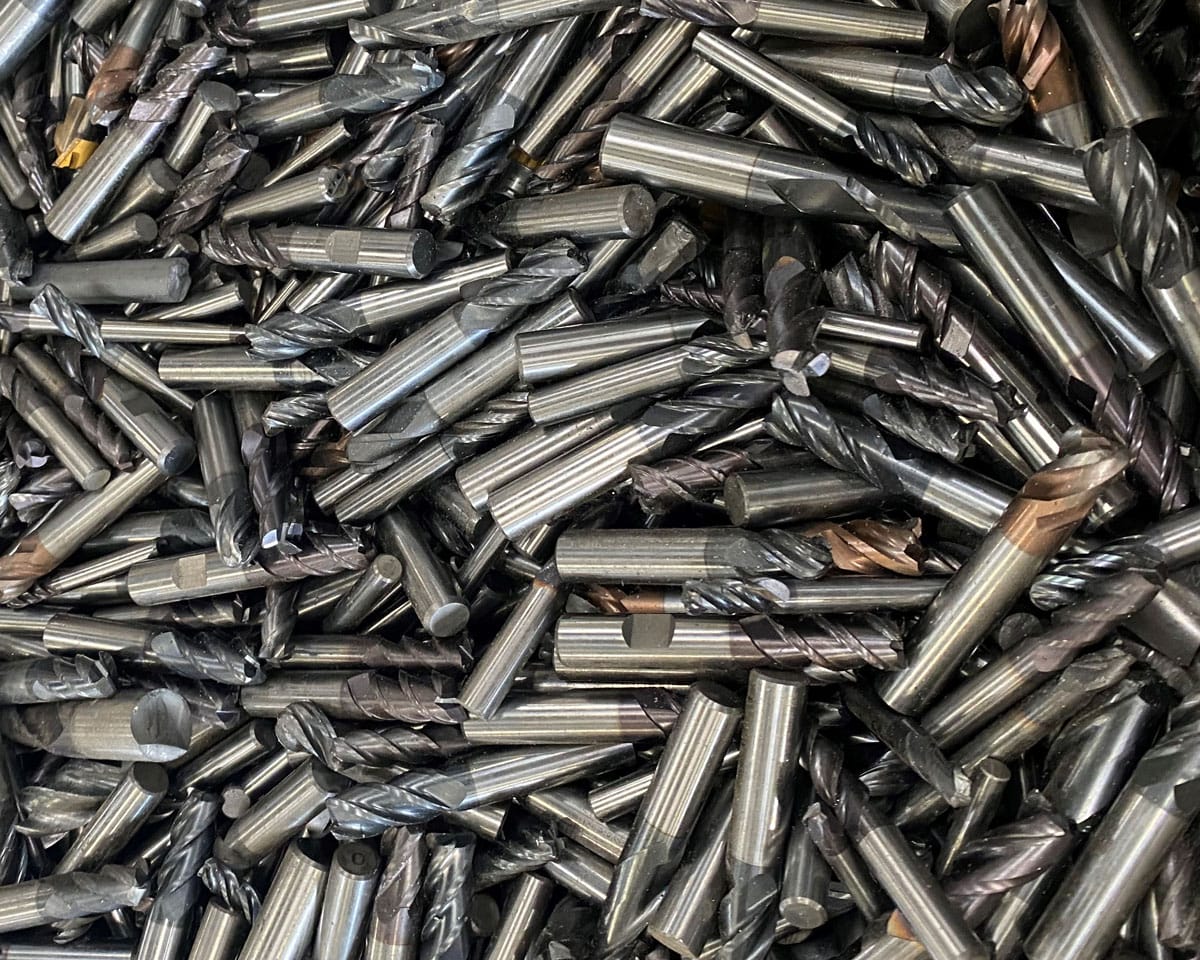
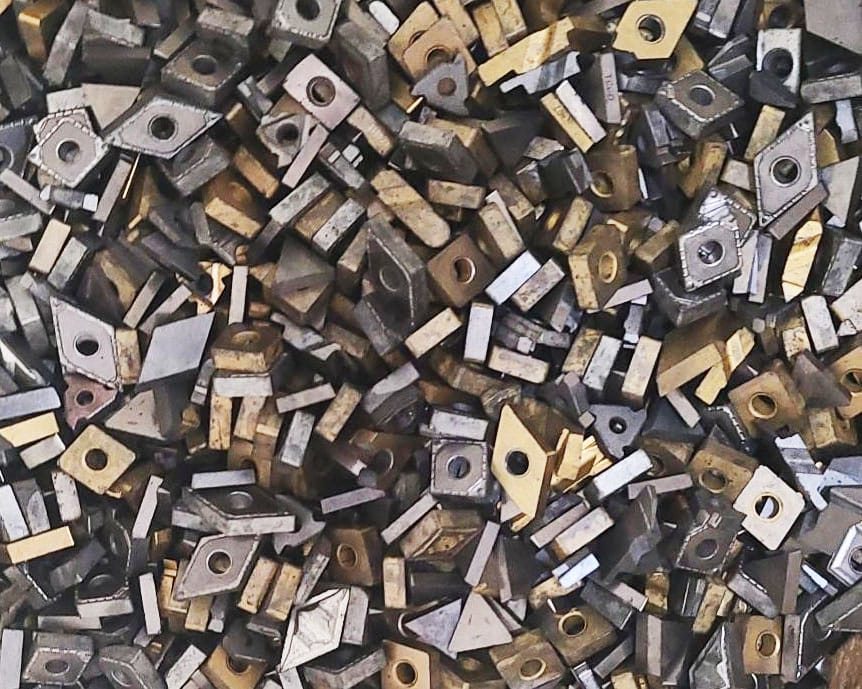
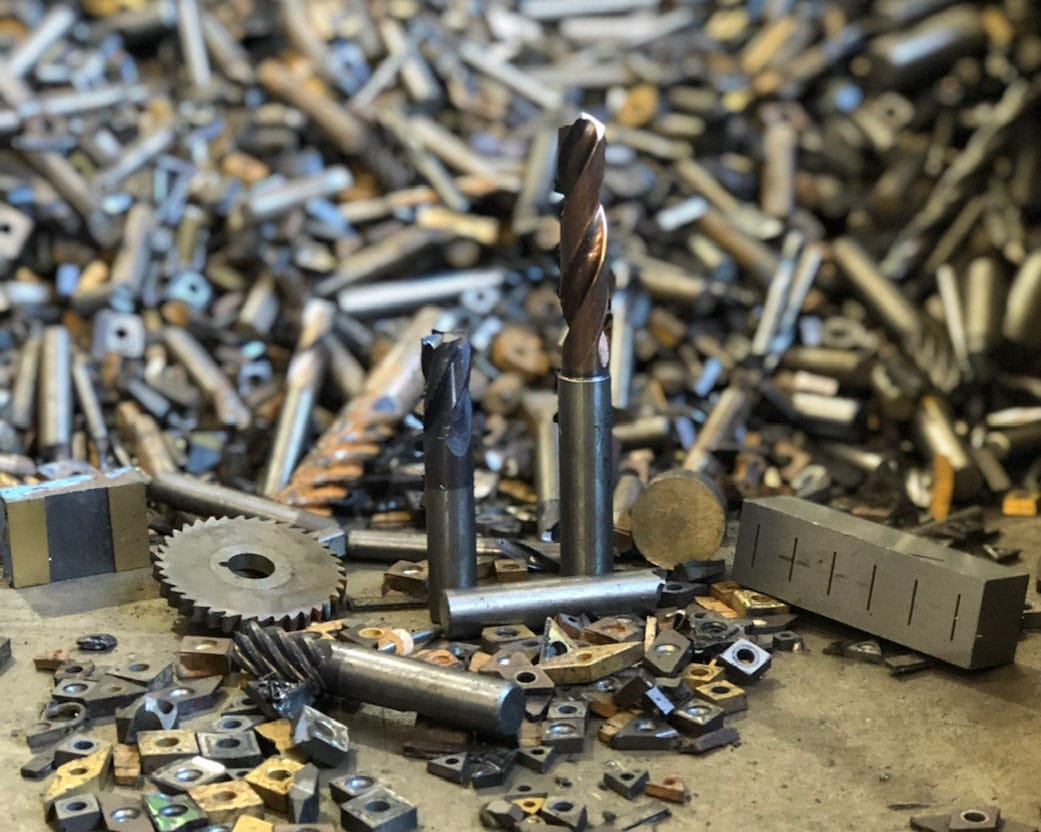
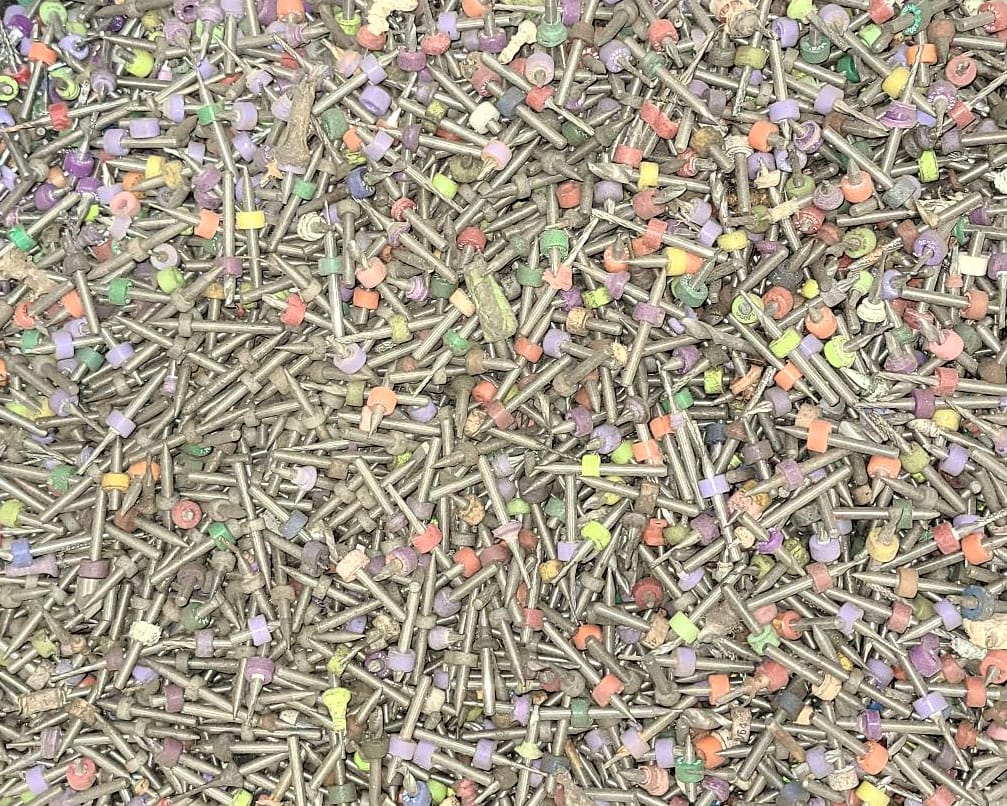
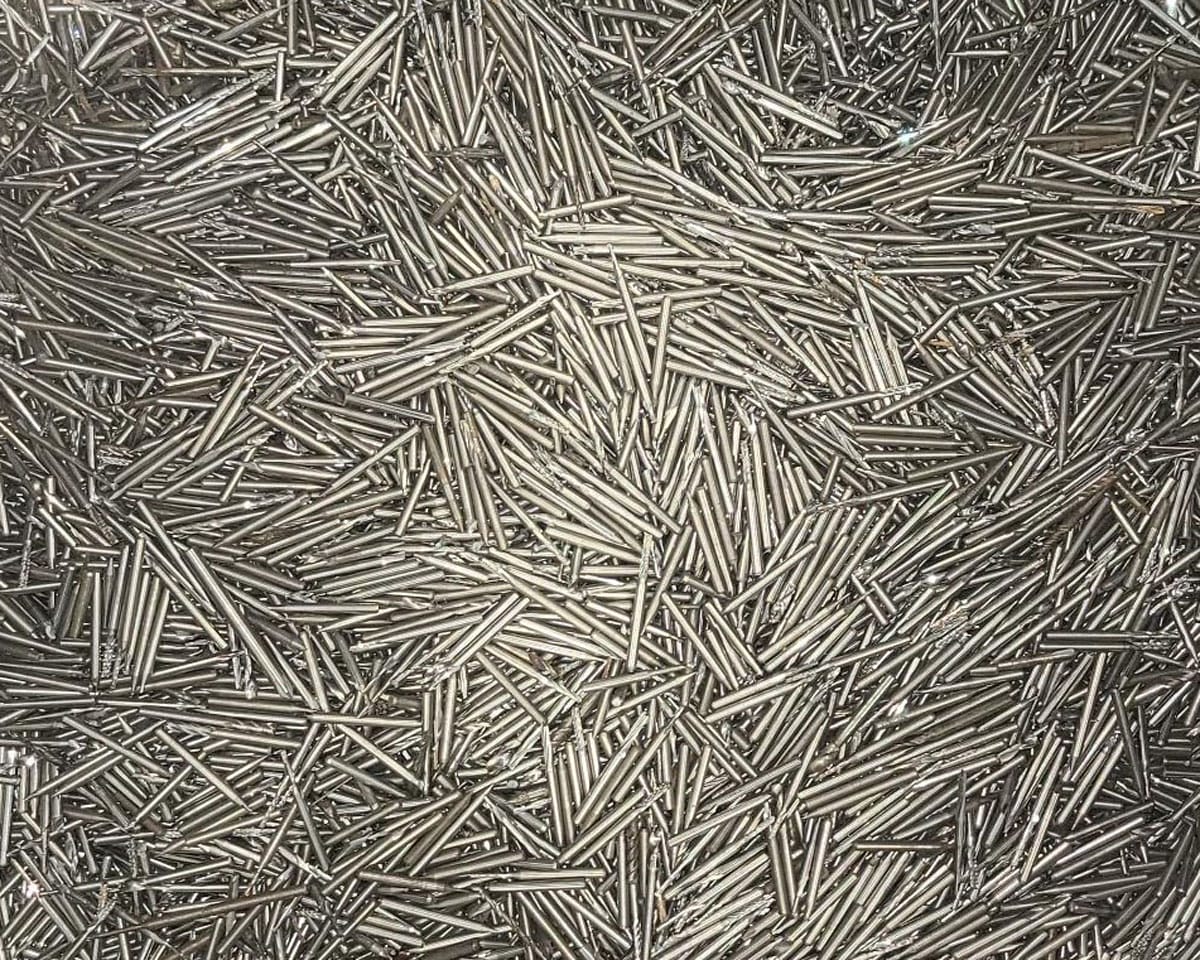

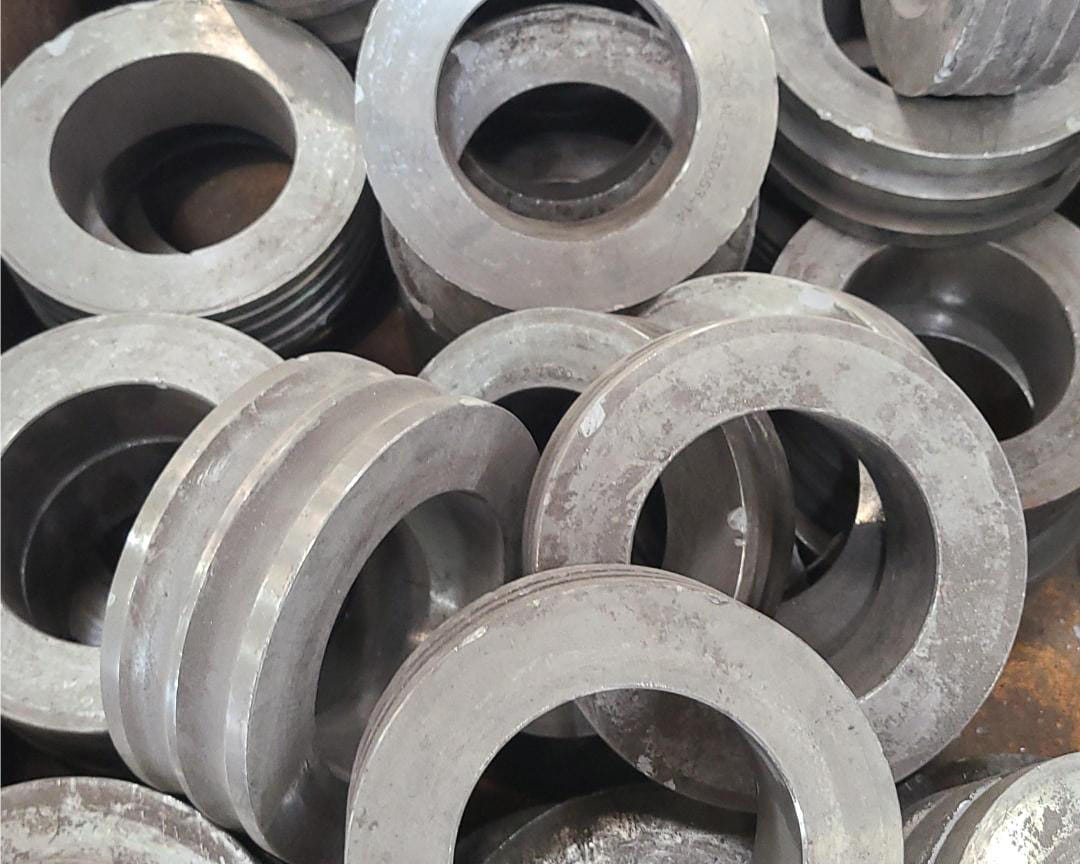
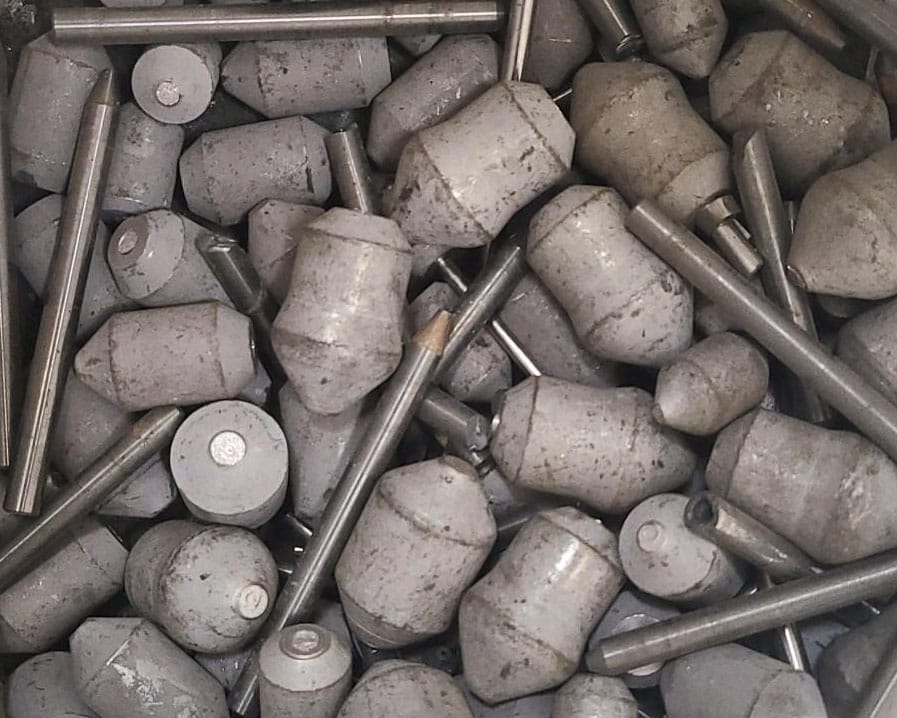
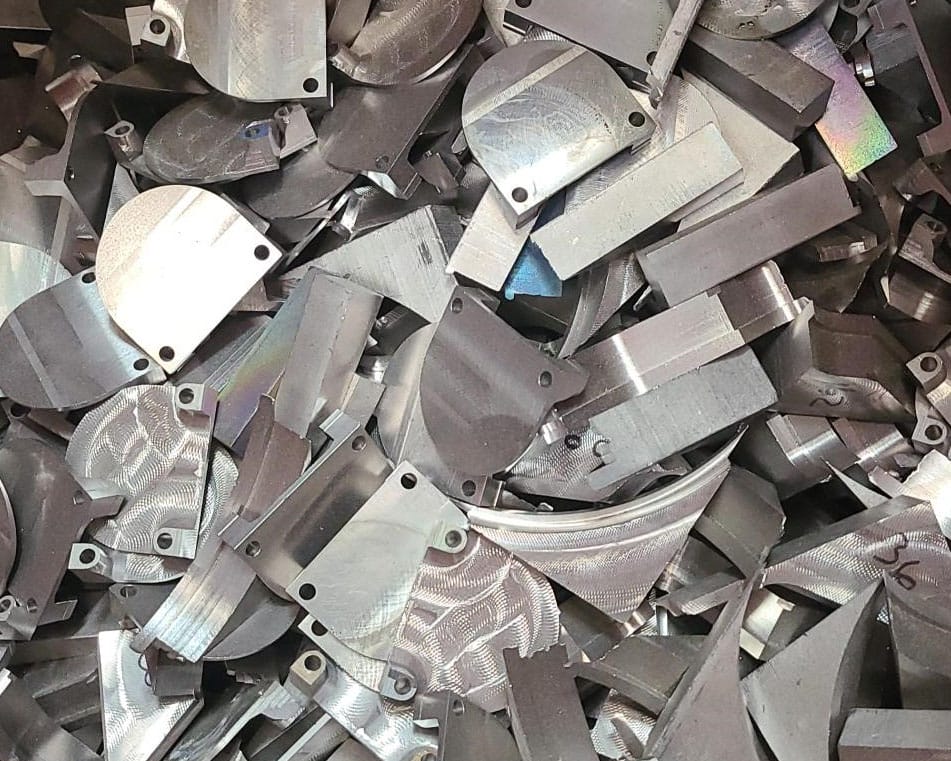
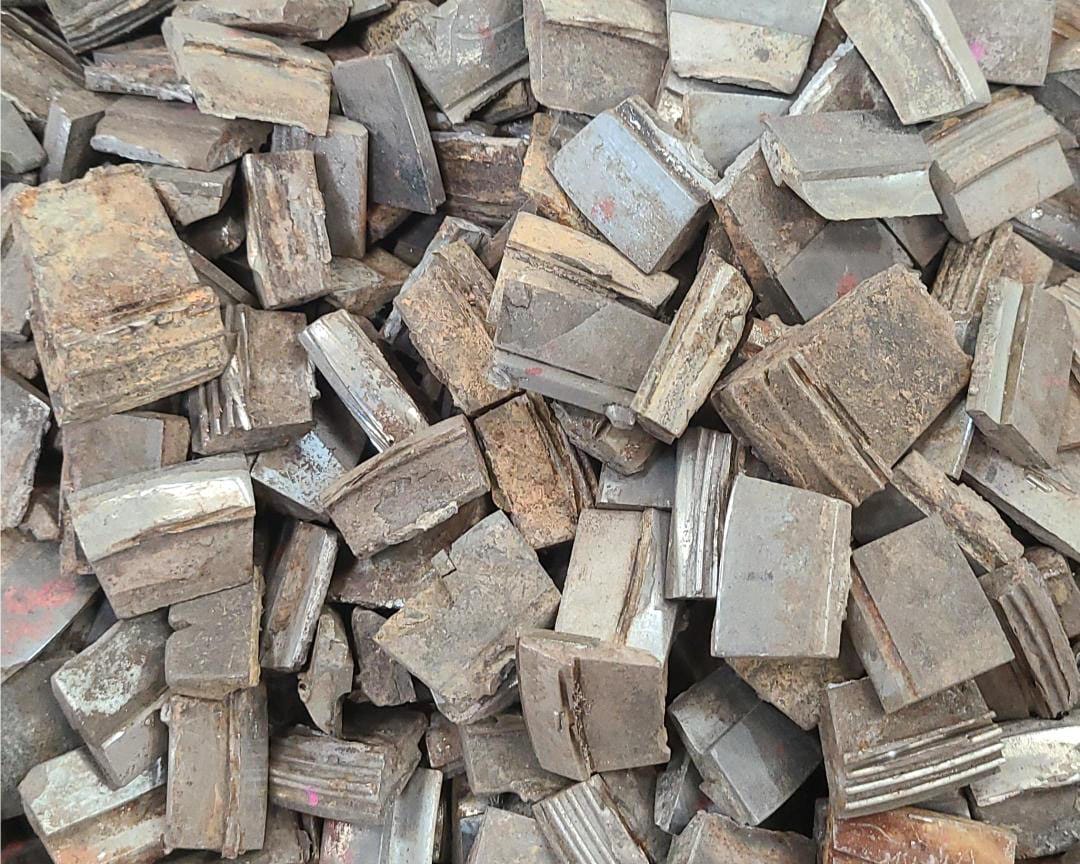
GREYSTONE ALLOYS processes millions of pounds of Tungsten Carbide per year making us one of the world’s largest tungsten carbide processors.
Forms Purchased
Hard Scrap
- Drills
- Endmills
- Borings
- Inserts
- Anvils
- Wear Parts
- Rings
- Dies
- Blocks
- Rods
- Bar
- Filaments
- Wire
- Electrodes
- Pigtails
- Shear Blades
- Plate
- Saw Teeth
- Blanks
- Centrifugal Parts
- Nibs
- Projectiles
- PDC’s
- Compacts
- Brazed
- Morgan Rolls
- Shavings
- Circuit Board Drills (CB Drills)
- Turnings
- Mushrooms
- Roofers
- Nozzles
- Reamers
- Burr Tips
- Tri-Cones
- Matrix Bits
- Dies
- Milling Media
Soft Scrap
- Grindings
- Powder
- Sludge
- HVOF
- Oxides
- Plasma
- Filters
- Dust Collector Fines
- Floor Sweep
- Swarf
- Salts
- Overspray
Mallory and Hevimet are two tungsten alloys that are usually mistaken to be WC, but these alloys are not bonded by carbon but alloyed with Ni or Ni and Copper (Cu). Tungsten in alloys such as Ni Alloys, Ni-Co Alloys, and Co Alloys give them greater integrity. Tungsten’s extremely high melting temperature (3400 C) and density(atomic number 74) add to the resistance of thermal expansion. This is extremely important in aerospace alloys, where retaining shape in extreme temperature and stress are necessary for performance.
Composition
- WCCo (Cobalt Binder)
- WCNi (Nickel Binder)
- WCCoTiCTaC
- WCCoNi
- Densico
- Mallory (W-Ni-Fe)
- Densalloy (W-Ni-Cu-Fe)
- CP (Commercially Pure) Tungsten
- W-Ti
- W-Mo
- W-Cu
Recovery Process:
- Hydrogen Reduction
- Vacuum Zincing Furnaces
- Leaching/Chemical Refining
- EAF (Electric Arc Furnace)
- AOD (Argon Oxygen Decarburization)
- AIM (Air Induction Melting)
- VIM (Vacuum Induction Melting)